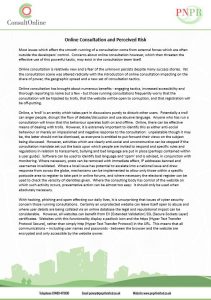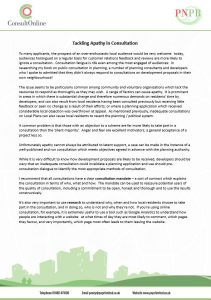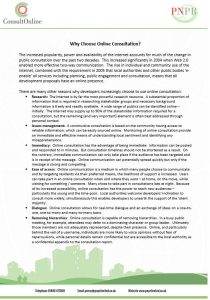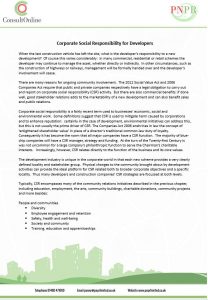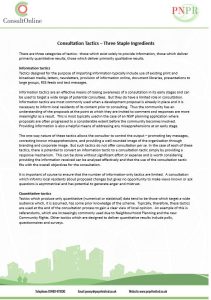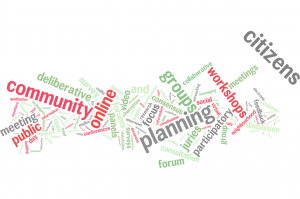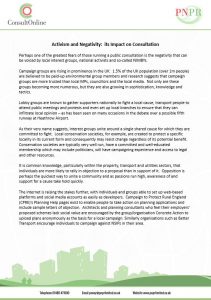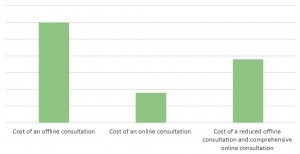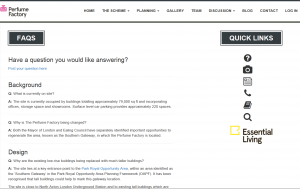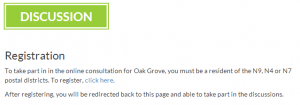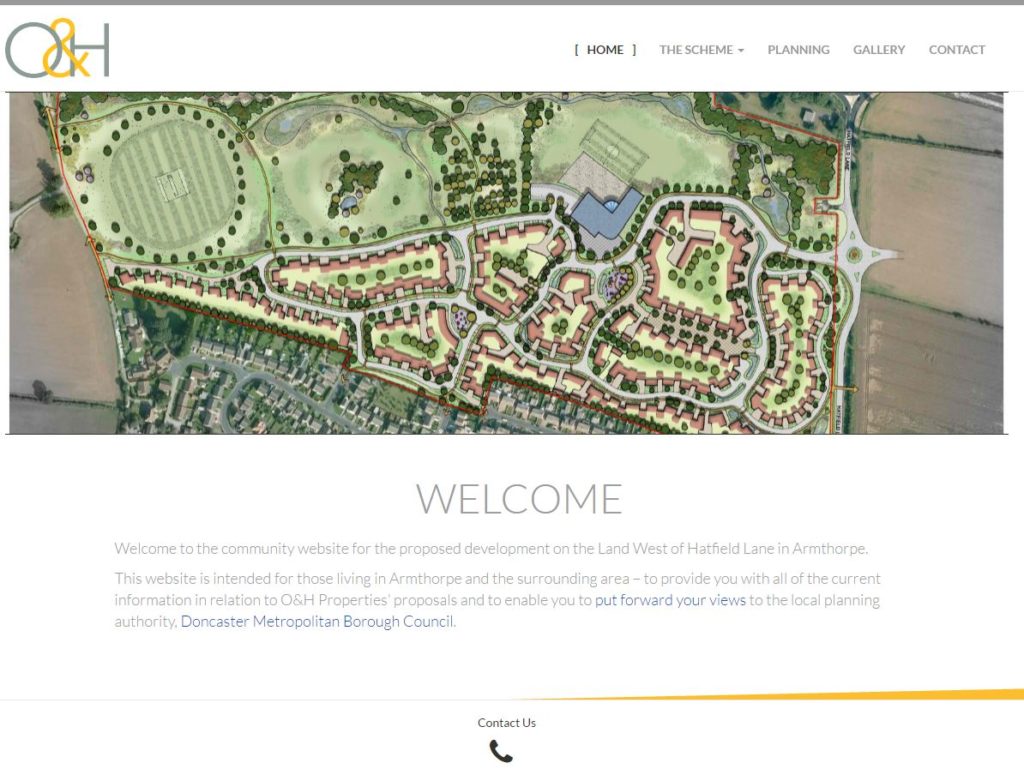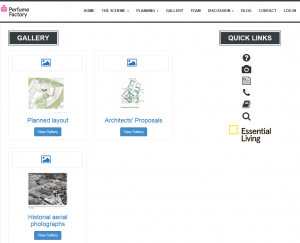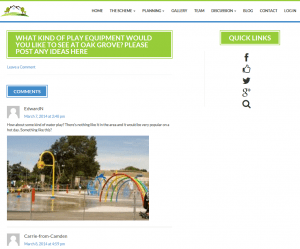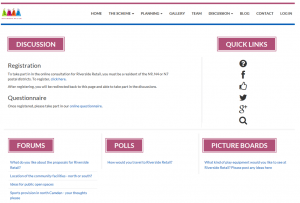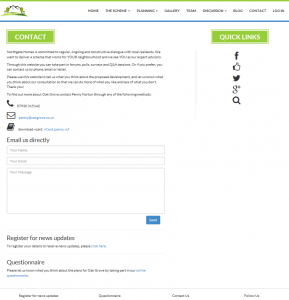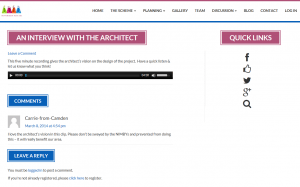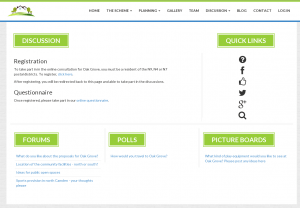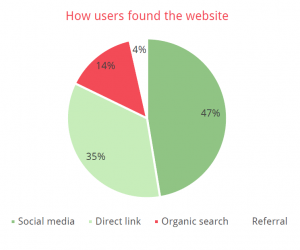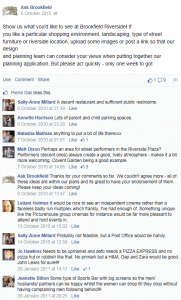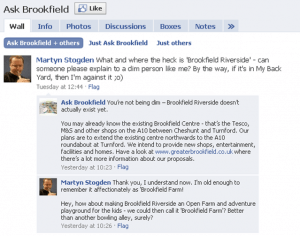Assessing potential use of social media in consultation
Leave a CommentFacebook or Twitter, or a combination of both? The various forms of social media available offer varying benefit and drawbacks.
The following is a comparison of the roles and functionality of Facebook and Twitter from the point of view of public consultation – intended to help you determine the best form of social media for your project.
BENEFITS
Both
• Speed – a Twitter profile, Facebook Group or Page can be set up in minutes and all information posted will be communicated immediately.
• Expense – time is the only cost, (though may be excessive if the messages do not naturally accumulate interest)
• Popular with young people, providing the opportunity to encourage them to spread the message within their specific communities
• Information posted appears immediately in users’ Facebook / Twitter feeds – information will be received without the user specifically accessing the relevant website.
• The emerging use of location tags enables a level of local dialogue not previously possible.
• A single message can quickly gather interest if ‘liked’, ‘shared’ or ‘retweeted’.
• The use of Facebook and Twitter widgets on existing websites or blogs is a quick and effective means of drawing potential users to the page.
• Ability to communicate both in a public group or one to one.
Facebook
• Facebook advertising enables a message to be targeted to a specific demographic and geographic area.
• Ability to form a ‘group’ of those interested in a scheme and keep them updated through their chosen means of communication.
• It is possible to ascertain levels of support by encouraging ‘likes’ for either specific ideas or the project as a whole
• Posting in specific interest group enables the message to spread through communities of interest.
• Messages can be spread effectively by targeting those likely to share an interest in the scheme by messaging them or posting on their walls.
Twitter
• Hashtags (#) enable the consultor to join an existing conversation simply by using the hashtag before the key words.
• Live tweeting, such as at a consultation event or Council meeting, can draw a wide audience (both those attending the event and those unable to do so) and introduce a new level of dialogue.
FUNCTIONALITY
Both
• Post news
• Post polls
• Post images
• Post videos
• Initiate online forums
Facebook
• Arrange events
Twitter
• Connect into existing discussions by using the hashtag (#)
LIMITATIONS
Both:
• Requires user to have, or to create, a Facebook or Twitter profile.
• The platform remains the property of Facebook / Twitter and as such could change without prior notice.
• Analysis is limited to Facebook / Twitter’s standard analytics which does provide the desired information – for example in relation to the location of those commenting. Although good diagnostic tools area available they fail to provide the information necessary for a consultation report and there are no easy means of combining research from Twitter and Facebook, let alone collating this information alongside the more sophisticated level of demographic / geographic data available through a dedicated consultation website.
Facebook
• Facebook pages do not rank highly in Google searches and therefore it is difficult for potential consultees to find a relevant Facebook Page of Group through a generic search.
Twitter
• The content of tweets is restricted by the 140 character limit.
BEST USED FOR
Both
• Consultations by organisations which already have a strong Facebook / Twitter presence and therefore the opportunity to build on existing support
Facebook
• Building interest within existing Facebook communities.
Twitter
• Short calls to action.
Read more in Public Consultation and Community Involvement in Planning: a twenty-first century guide – published by Routledge on 10 July 2017. Please email Penny to receive notification of its publication.

